
This article was originally published on September 11. 2019.
Machete marks are visible on the floor and doorways. Bullet holes mar the brick walls. And young student researchers hold the clothes of people who were once in this space, getting the blood-stained fabric preserved and prepared to document what happened at the Rwandan church.
Traveling to Rwanda, Africa, this summer, four College of Arts, Sciences, and Letters faculty members went to an international faculty development program about reconciliation and healing where they learned from the African country’s public service leaders, researchers and scholars about what the nation’s people have done to rebuild after the 1994 political and ethnic driven genocide killed an estimated 800,000 of Rwanda’s people.
As part of the development training, CASL faculty also saw many Rwandan sites where government leaders worked with survivors and citizens to create dedicated spaces for education and reflection, including the church described above: The Nyamata Genocide Memorial Site, where 10,000 were murdered.
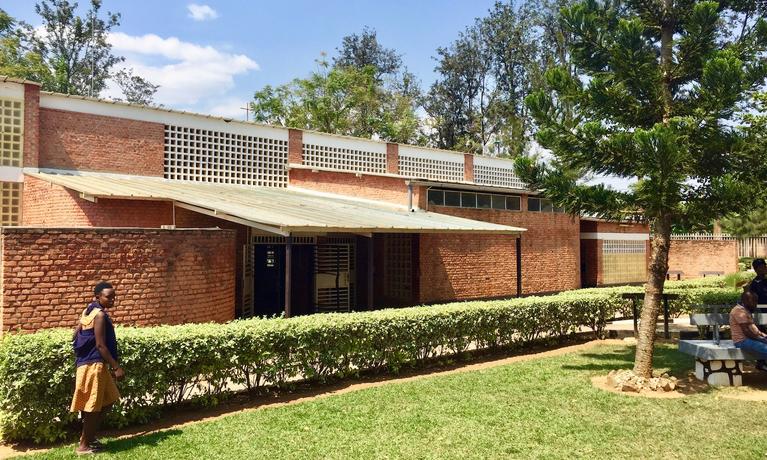
“As faculty members, we have studied trauma in Poland, Germany and the United States. We have experienced the memorials and engaged with the people at each location,” says History Associate Professor Anna Muller, the Frank and Mary Padzieski Endowed Professor in Polish/Polish American/Eastern European Studies. “The opportunity to expand our understanding by visiting Rwanda will have a lasting impact on our work.”
Returning from the week long transformational training, the educators — Sociology Professor Paul Draus, Public Policy Professor Julie Roddy, Muller and Voice/Vision Holocaust Survivor Oral History Archive Director Jamie Wraight — shared insights with Reporter on the experience.
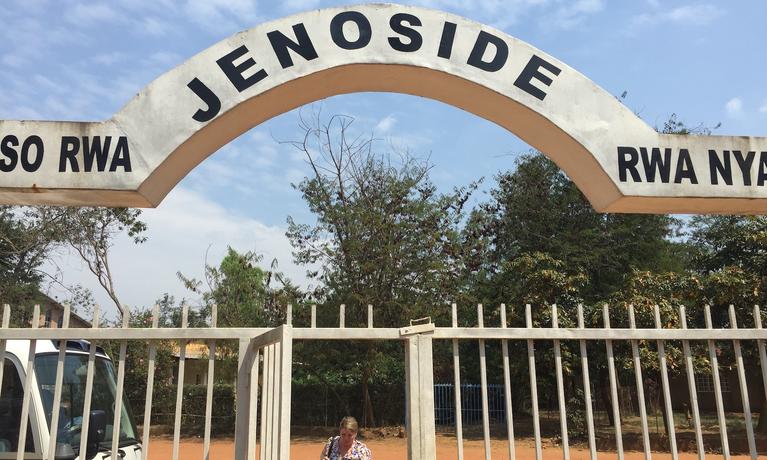
What Rwanda experience do you continue to think about?
Jamie Wraight: Visiting some of the genocide related sites, especially the church at Nyamata. The church and its grounds became the site of the massacre of 10,000 people who sought shelter there and sits on a mass grave containing the remains of 25,000 people. Today there is a school that sits adjacent to the church, now a memorial.
Young school children play near the church and walk by the front gate of the grounds, laughing, singing, holding hands. The contrast is surreal, unsettling, and hopeful all at the same time.
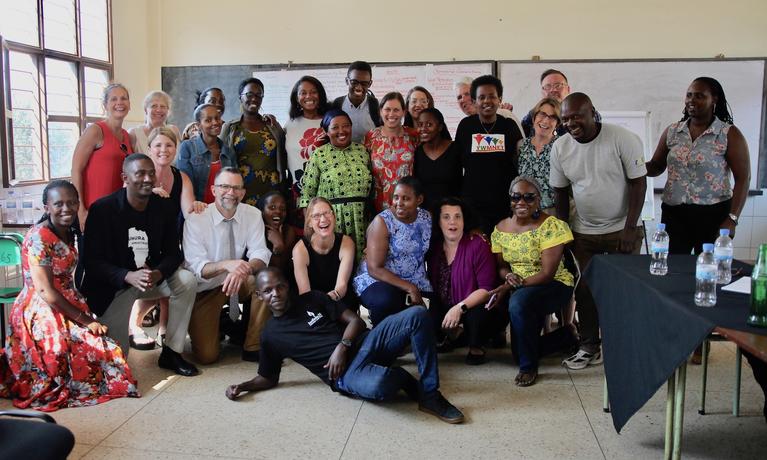
What’s a key factor in healing trauma at a national level?
Julie Roddy: Young people. Rwanda is in recovery and a number of the practitioners and researchers that we met with were remarkably young. I found it inspirational and uplifting that these young people were leading their country and fellow citizens through their dedication to whole health and their recognition of the role of trauma in health. The genocide was 25 years ago, when much of Rwanda’s current workforce were very young; however these young people recognize the impact of this trauma on their country and are fully capable of leading their country forward. This experience has renewed my understanding of the value and potential of my own students at UM-Dearborn.
In Rwanda, we also had regular meetings with key providers and academics in the mental health and trauma recovery fields. These meetings included scheduled time to explore sustainable collaboration with Rwandan partners. Forming a lasting partnership with researchers and providers from Rwanda would be the best possible outcome of the conference and I am working toward that goal.
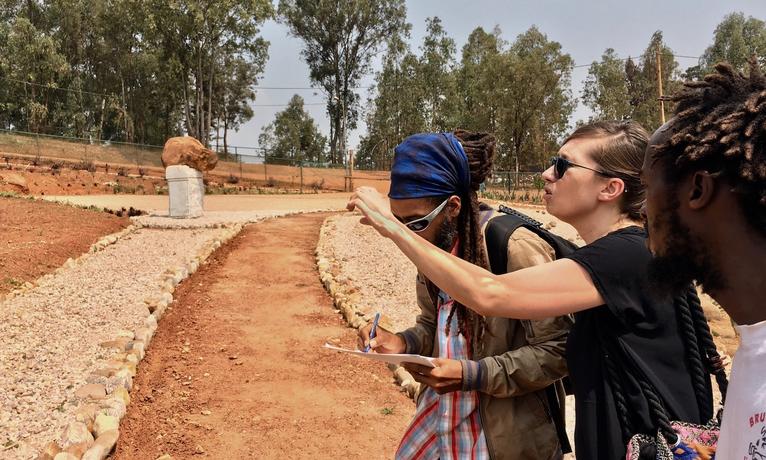
What’s something that left an impression on you?
Anna Muller: In the Garden of Memory, conscious decisions were behind nearly everything. On our last day in Rwanda, we went to see the Garden of Memory, where we spoke with a group of men who were landscape designers working on the garden. They explained the various elements of the landscape, the symbolic meaning of the layers of flowers, stones and trees.
Behind each tree or a plant, there was a very conscious decision to build a garden that speaks through symbols to create a space of dialog and reconciliation. One example was the abundance of freshly planted acacia trees. The men defined the acacia as a tree of dialogue because it offers shade with its wide crown, offering an ideal space for conversation.
I am interested in commemorative practices, specifically with the Holocaust and Rwandan genocide, the role that these practices play in their societies, the varying space devoted to reconciliation in those practices, the space of nature, and finally the different ways in which the past in being utilized to talk about the present and the future.
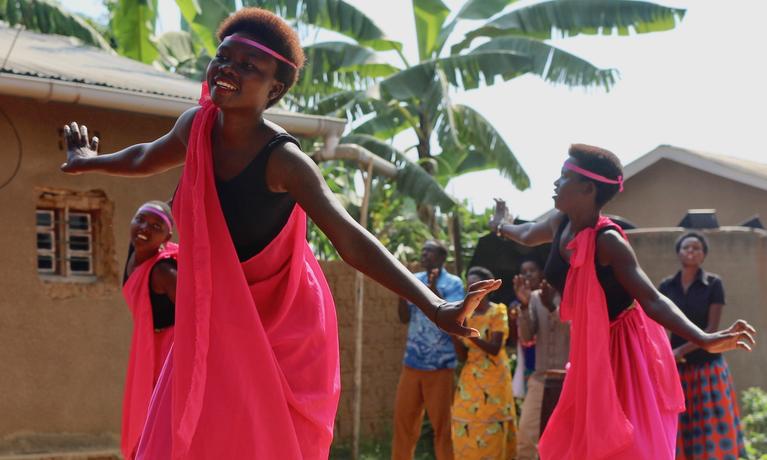
What’s something that may challenge our thinking?
Paul Draus: The case of Rwanda shows how terrible the outcomes of politicized hatred can be and how quickly they can accelerate under the right conditions; but it also illustrates the potential of people to make decisions, and set policies that deliberately depart from that pattern.
Understanding a little about the history of the country and its path to recovery since the 1994 genocide, based largely on reading books and articles, did not prepare me for the problem-solving spirit that was everywhere. There are places where genocide survivors and perpetrators live and work side by side. We were amazed by what we heard from the residents, but couldn’t quite grasp how such a thing might be possible: how could people live in peace alongside those who participating in the killing of their family members?
Like much else in Rwanda, it prods you to think not only about what is possible, but what our own preconceptions presume is not.




